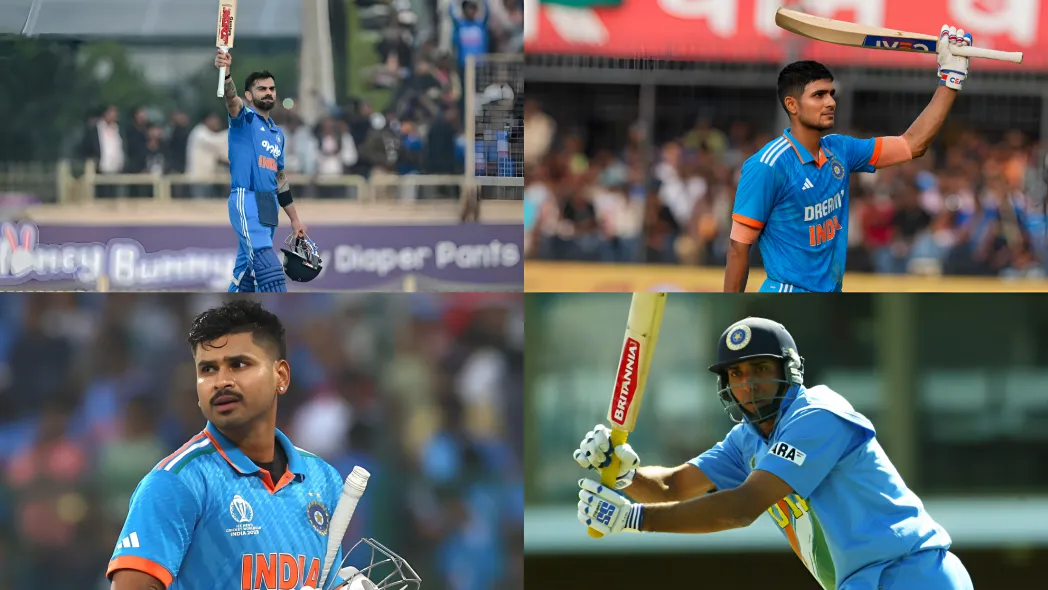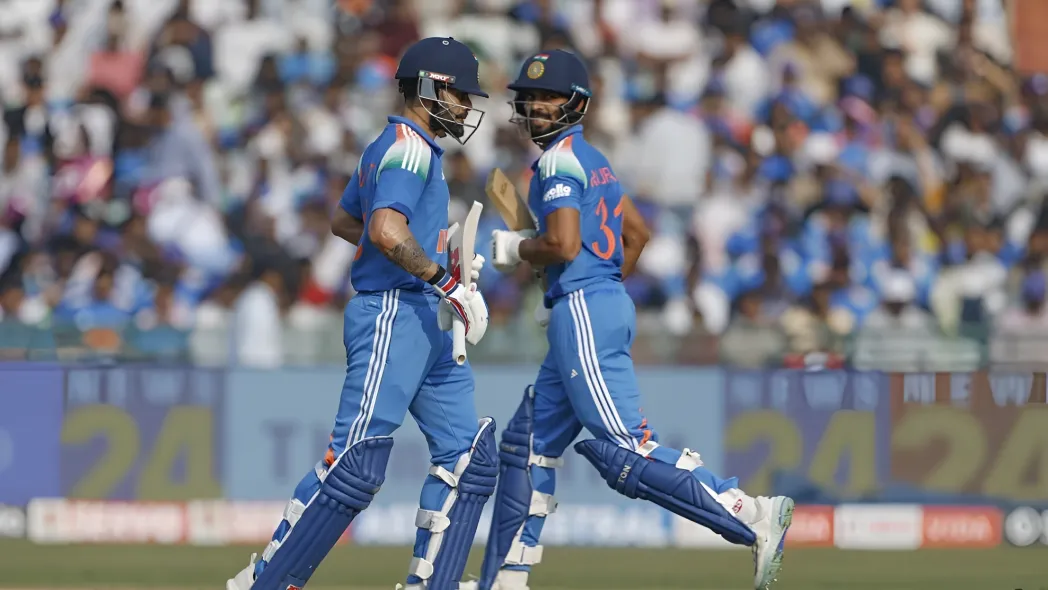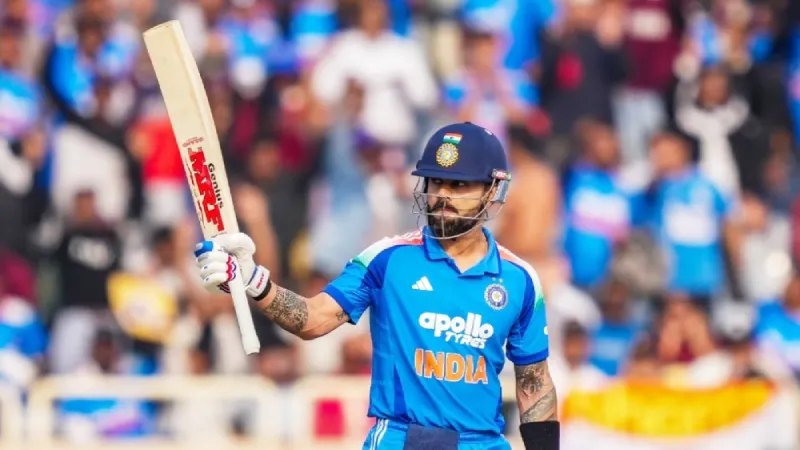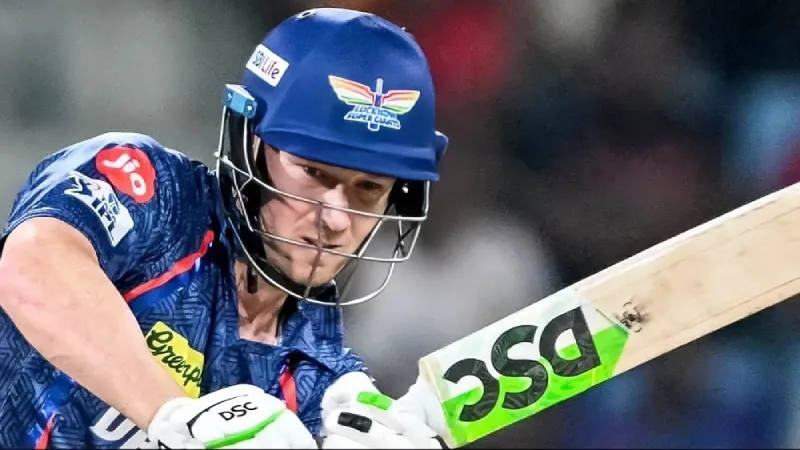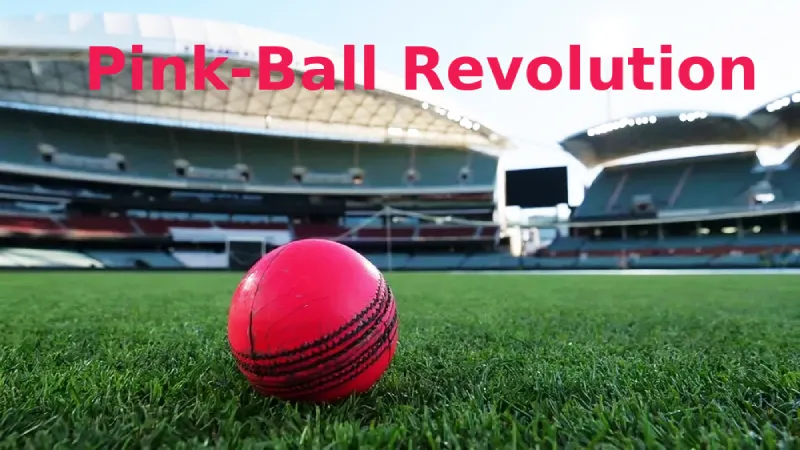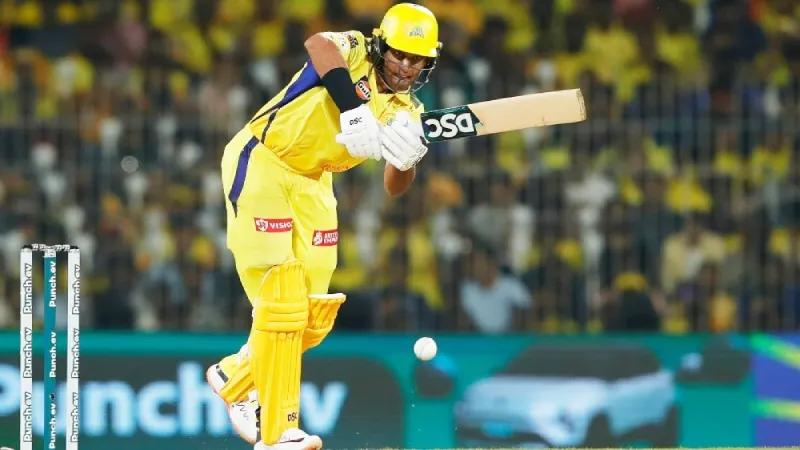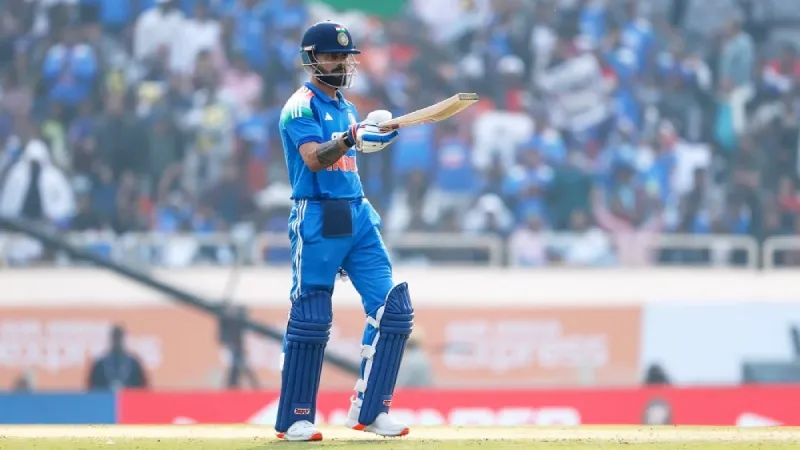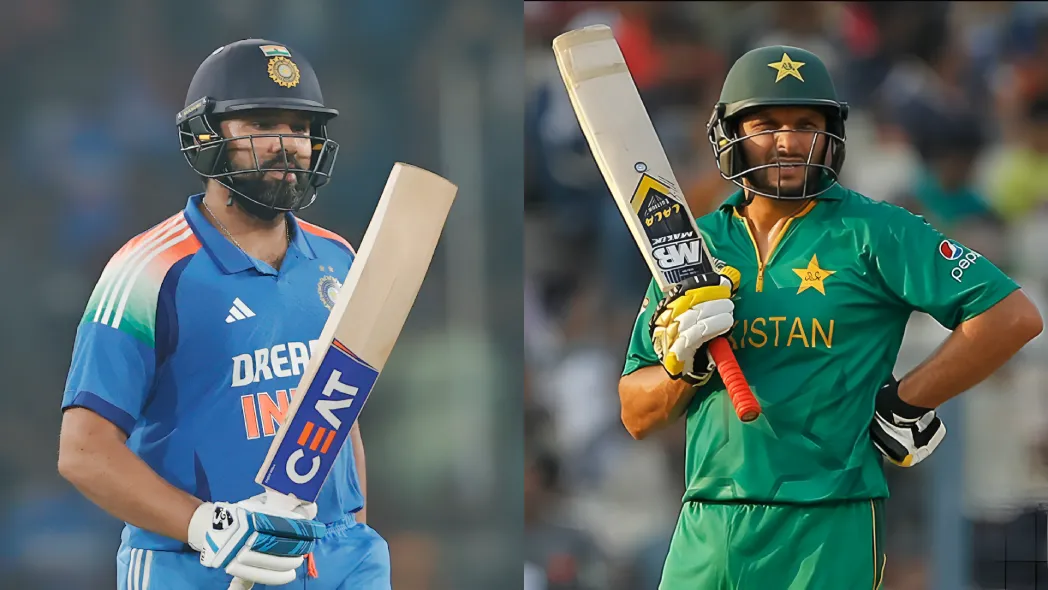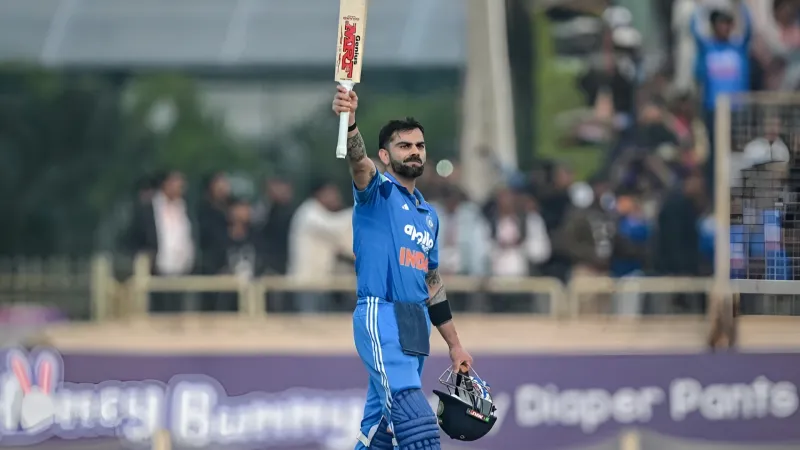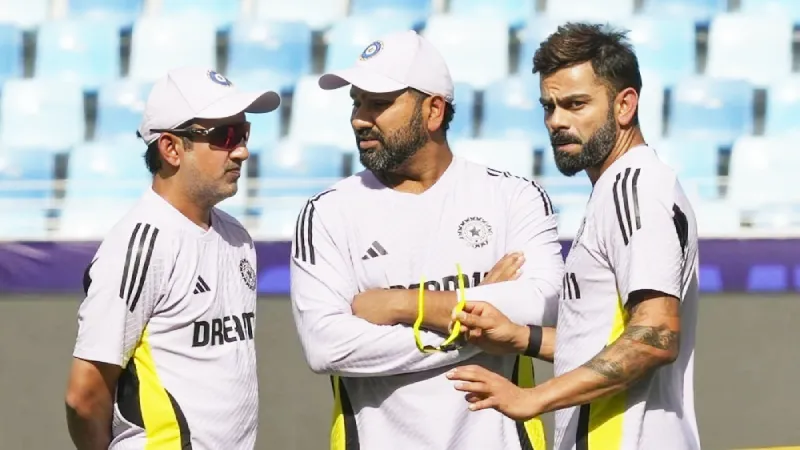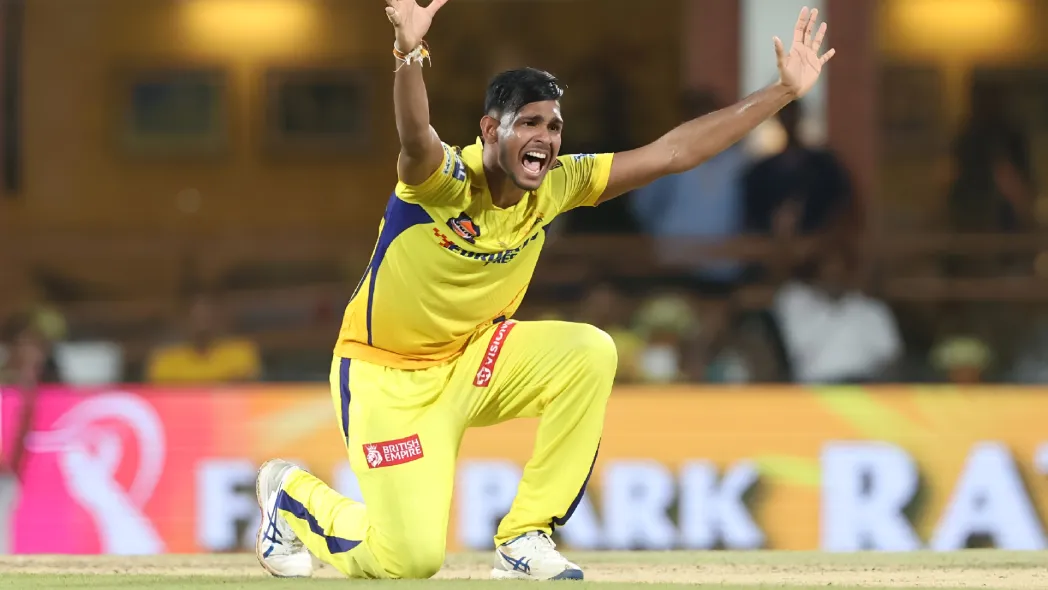One thing we can all agree on—T-20 cricket is already a bonkers format. Every ball matters, every over can change the entire game, and the PowerPlay? That’s where the fun starts. What do we do where the rain intervenes and you are playing a 9-over shoot-out instead of 20? The PowerPlay overs have been modified, but for years, it was slightly clumsy. Fortunately, the ICC has finally decided to take this on, and this could be the most intelligent decision we have seen in a long time.
Rounding Off the Right Way: A More Accurate PowerPlay
What is the biggest change? Power Play overs in modified T20Is will not round off to the nearest over but to the nearest ball. Whose interested doesn’t sound like a big deal? It is. Instead of receiving 3 full powerplay overs when a match is shortened to 9 overs, the teams will now receive 2.4 of powerplay from 9 overs (14 balls), which is 26% of the innings. This is getting close to the guidelines of being 30% of a match (20 overs).
This small-but-important adjustment creates a level, consistent playing field between formats and has already been shown to work well in the T20 Blast in England. So yes, from here on in, the umpires will signal the end of PowerPlay mid-over – and no, players won’t get confused about it. If anything, this adds some long overdue mathematical logic to the madness!
Why It Matters More Than You Think
T20 cricket is about rhythm, momentum, and strategy. Teams aim to explode at the top of the order or disrupt the flow of the game by taking top-order wickets early, in the PowerPlay. When the time at the top of the order is artificially extended in any of the Sprint formats, it stops being about a handful of extra balls and changes the balance of the game altogether.
Think of a bowling side in an 8-over match having to keep five fielders inside the circle for 3 overs, that is a major section of your innings you are not playing cricket. Now with a more structured split (e.g. 2.2 overs), bowlers have a better opportunity to adjust, and batters can’t just run riot without any fielding restrictions for an excessive amount of time.
This also allows for more intelligent fielding captaincy. With the PowerPlay period finishing potentially in the middle of the over, captains have to stay alert, adapt field placements instantly, and manage their bowlers’ spells to make the best use of the PowerPlay. This is a slightly different premise, but it genuinely adds tactical value.
Concussion Subs & Saliva Rules: More Tweaks You Should Know
While the PowerPlay change makes all the headlines, it’s the ICC’s update package that’s more significant. Another big change is that concussion replacements in Men’s T20Is must be declared before the match starts.
That’s right—no more searching for an unknown all-rounder after the injury. Teams must declare at least five different types of replacement (batter, bowler, keeper, spinner, all-rounder). Away teams with smaller squads agree to doubling up of nominations, but the intent is fairness, especially to away teams that do not have a full domestic bench.
And then there’s the reintroduction of the “saliva clause.” No, we are not back to pandemic rules—but teams cannot manipulate the condition of the ball using any substance (saliva included) just to force a change. Premeditated tampering = ball gets replaced, but not just because you want to change it for a new ball. It is just another little change to close any potential loopholes.
With the cricketing calendar getting busier and many more rain-shortened matches on the horizon, these changes will reap big rewards. What are your thoughts—is the new thinking around PowerPlay going to make all games feel more equitable? Let us know, and we will keep the cricket conversations coming!
For more, visit JeetBuzz News to read our quality Cricket Blog updates. Explore if you want to reminisce and enjoy all of your favourite cricket players and nostalgic match moments. To ensure that you never miss out, keep updated and join in the fun!




